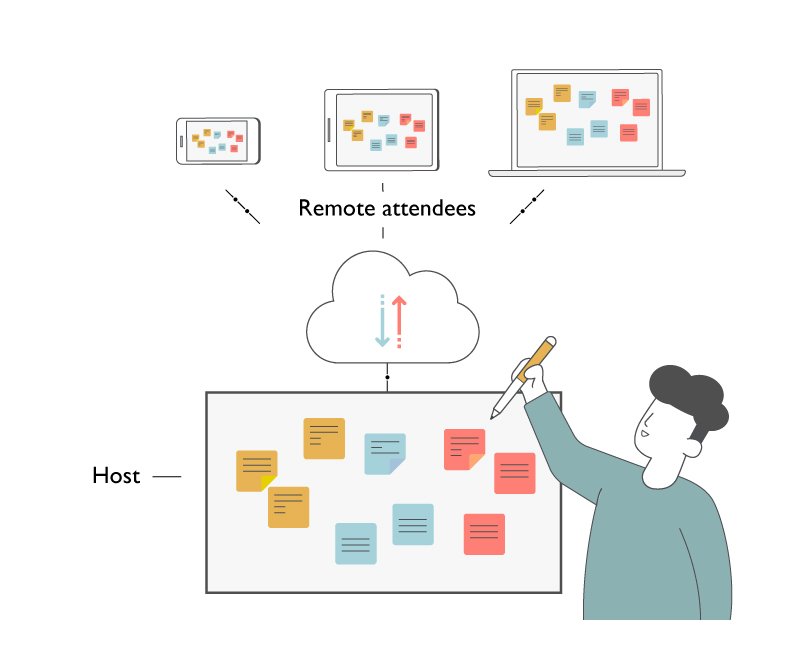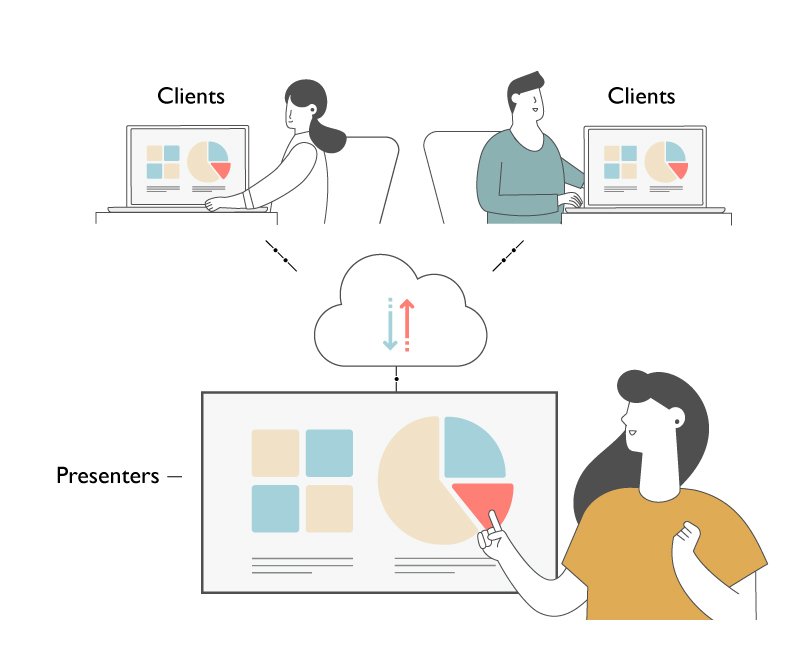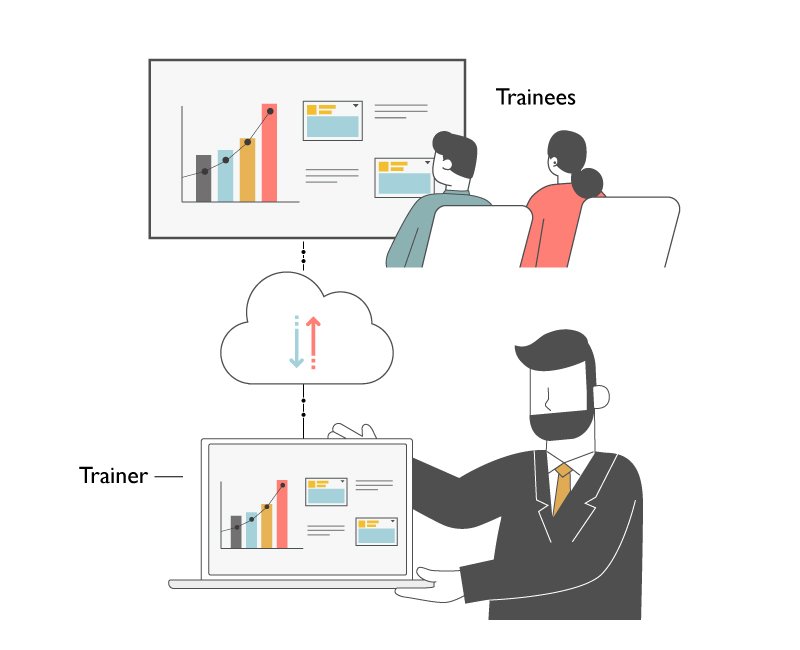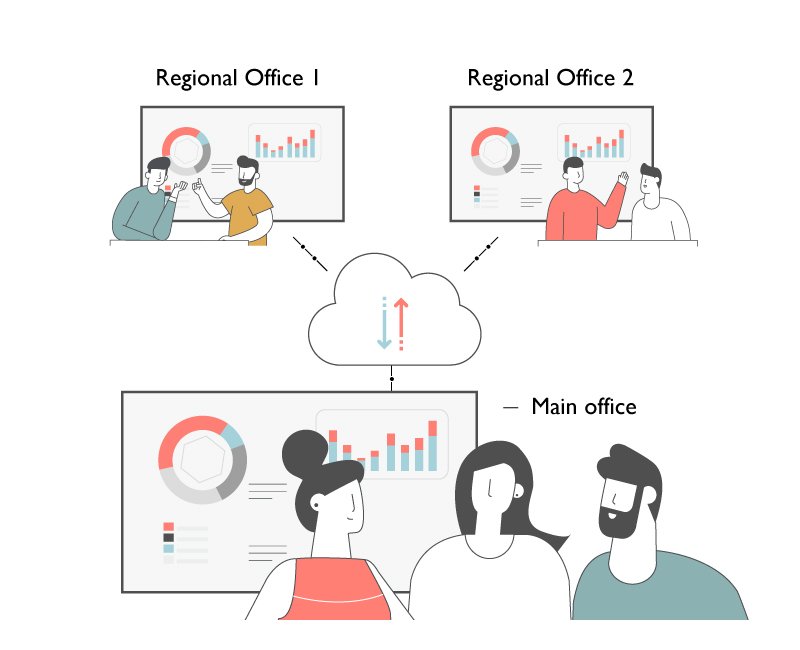Cloud Whiteboarding for More Effective Remote Collaboration
- BenQ
- 2020-10-30
How does a cloud whiteboard complement video conferencing? Find out how this seemingly simple collaboration tool makes a huge difference for remote teams.
How essential is cloud whiteboarding in a hybrid office setup? All you really need to communicate with remote team members and off-site workgroups are email, instant messaging, and a reliable video conferencing system, right? What does a web-based whiteboard offer that these tools don’t?
Cloud whiteboarding provides a mode of collaboration that cannot be matched by written and verbal communication alone. It’s interactivity—in the way that it lets you write, sketch, or add images on a blank slate—allows visual thinkers to process ideas and express themselves more efficiently, and helps learners grasp concepts more quickly. In terms of reviewing output, it’s also quick to check the summary of a discussion done on a cloud whiteboard than it is to watch a long unedited recording of a video conference.
While writing with a mouse may prove to have a steep learning curve, there are cloud whiteboarding solutions such as EZWrite that make it easy for meeting participants to scribble notes using their personal touchscreen devices like their smartphones and tablets. Having a cloud whiteboard ready allows teams to expand their video conferencing session into a fully collaborative remote working experience.
Engage teams in sync ups
When applied to team sync ups, a cloud whiteboard can be used to increase engagement. The host can start off sessions with doodling activities or ice breakers that effectively convert attendees from passive listeners to hands-on contributors. The bulk of the sessions themselves can be done on a cloud whiteboard, with the host or other team members taking notes and inserting relevant images or slides as the discussion progresses. And since meeting attendees are focused on the elements being added and altered on the shared board, the host is able to catch their attention, reducing the chances of team members zoning out of a discussion—something that is fairly common when working within a hybrid setup.
Collect better client feedback
Another advantage of cloud whiteboarding is how it allows two-way live editing and annotation. This is especially useful when presenting decks or project mock ups to remote clients. In case clients have any change requests, presenters can easily give them write access and allow them to make notes directly on the board. If, for example, they want a very specific part of a layout altered, they can simply circle it and write down what they want beside it. If they have visual aids in mind, they can even import those onto the board. If you were to hold this kind of presentation strictly over video conferencing with off-screen notetaking, client participation would be limited, and you run the risk of not being able to fully implement their requested modifications.
Cloud whiteboards are also perfect tools for remote training exercises. It’s hands-on so it allows instructors to gauge how much trainees have picked up during the session. They can post a problem set on the board and ask participants to solve it live. It’s like having a whiteboard in front of a training room, except that everyone attending can write on it simultaneously. In a sense, with a cloud whiteboard, instructors can turn any space into a virtual classroom, regardless if trainees are joining the session from their own homes or are gathered together in a remote meeting room. And since training sessions are done on a board, they’re more customizable—changing according to the needs of the trainees. Depending on the cloud whiteboarding solution, these sessions may be saved to a file and shared with all participants so they can review their results at a later time.
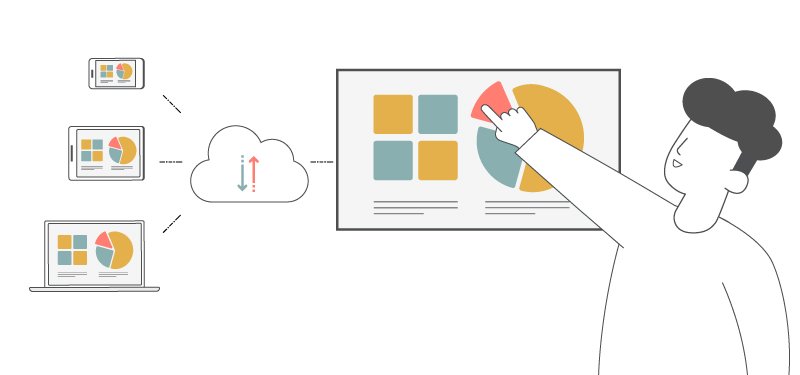
Run efficient emergency cross-site meetings
The hybrid setup works best when conducting impromptu meetings for unexpected business-critical tasks. Let’s say, for example, that a multinational organization is undergoing a massive PR crisis that they need to solve within the next few hours. Key decisionmakers and concerned teams from the affected regions need a means to come up with a timely solution. Having a cloud whiteboard available during the discussion would allow the workgroup to freely formulate, assess, and document a plan that they can quickly roll out.
The addition of cloud whiteboarding to video calls can easily transform remote meetings into highly collaborative discussions.
